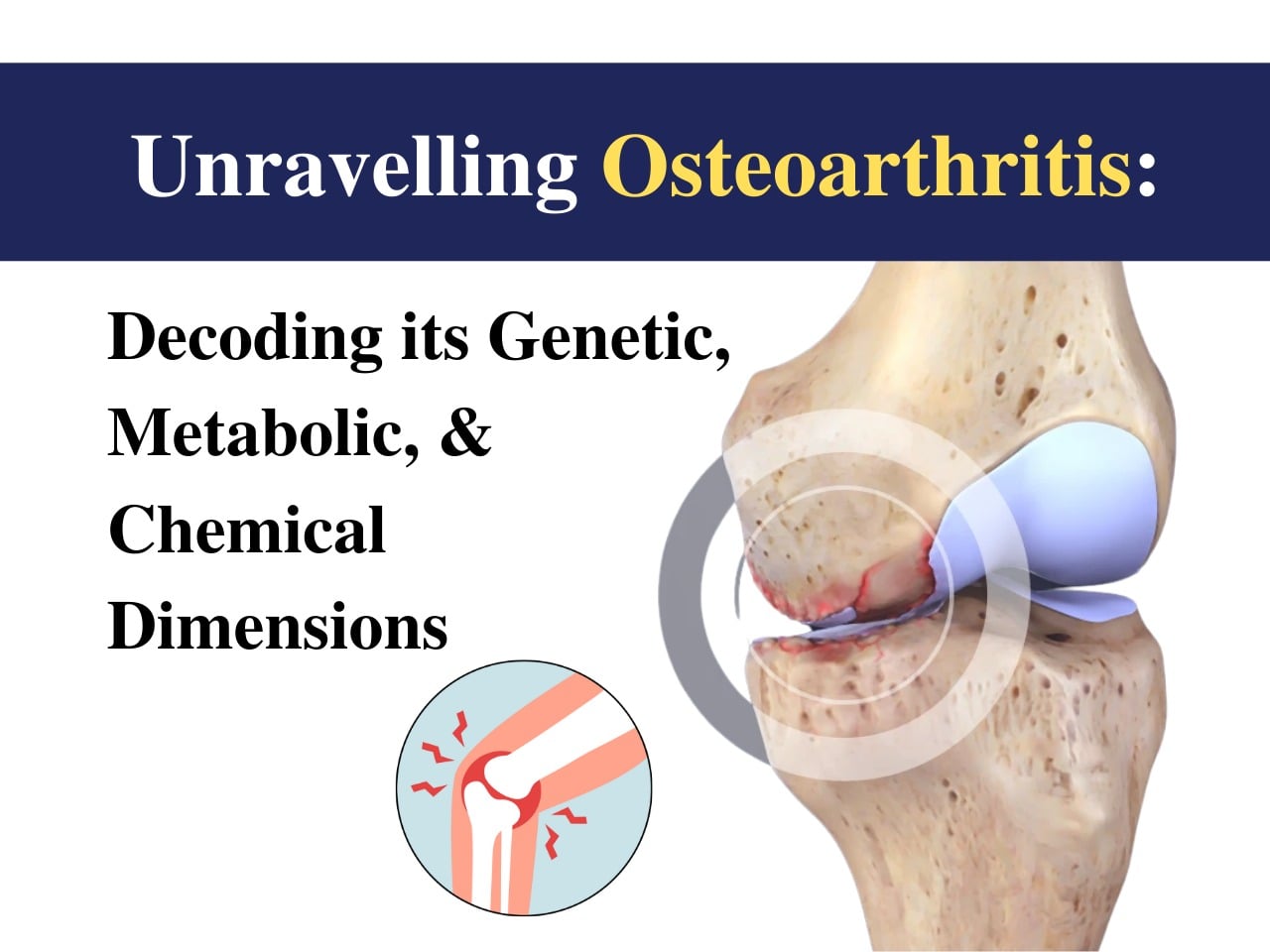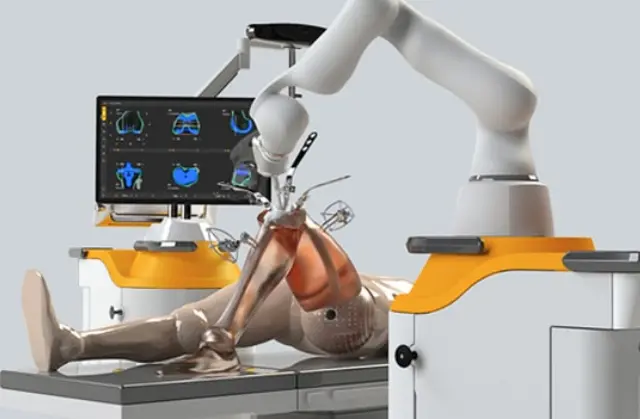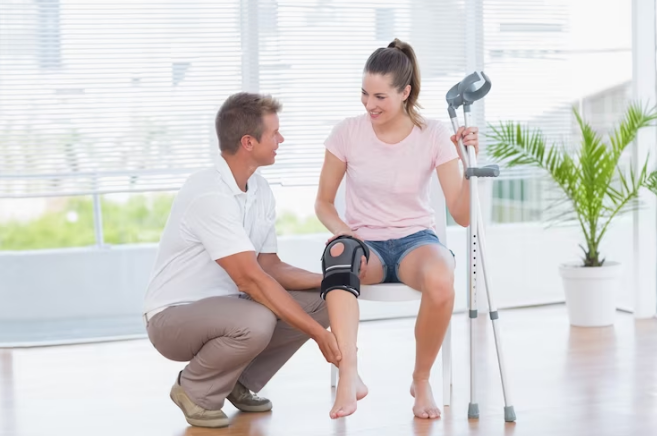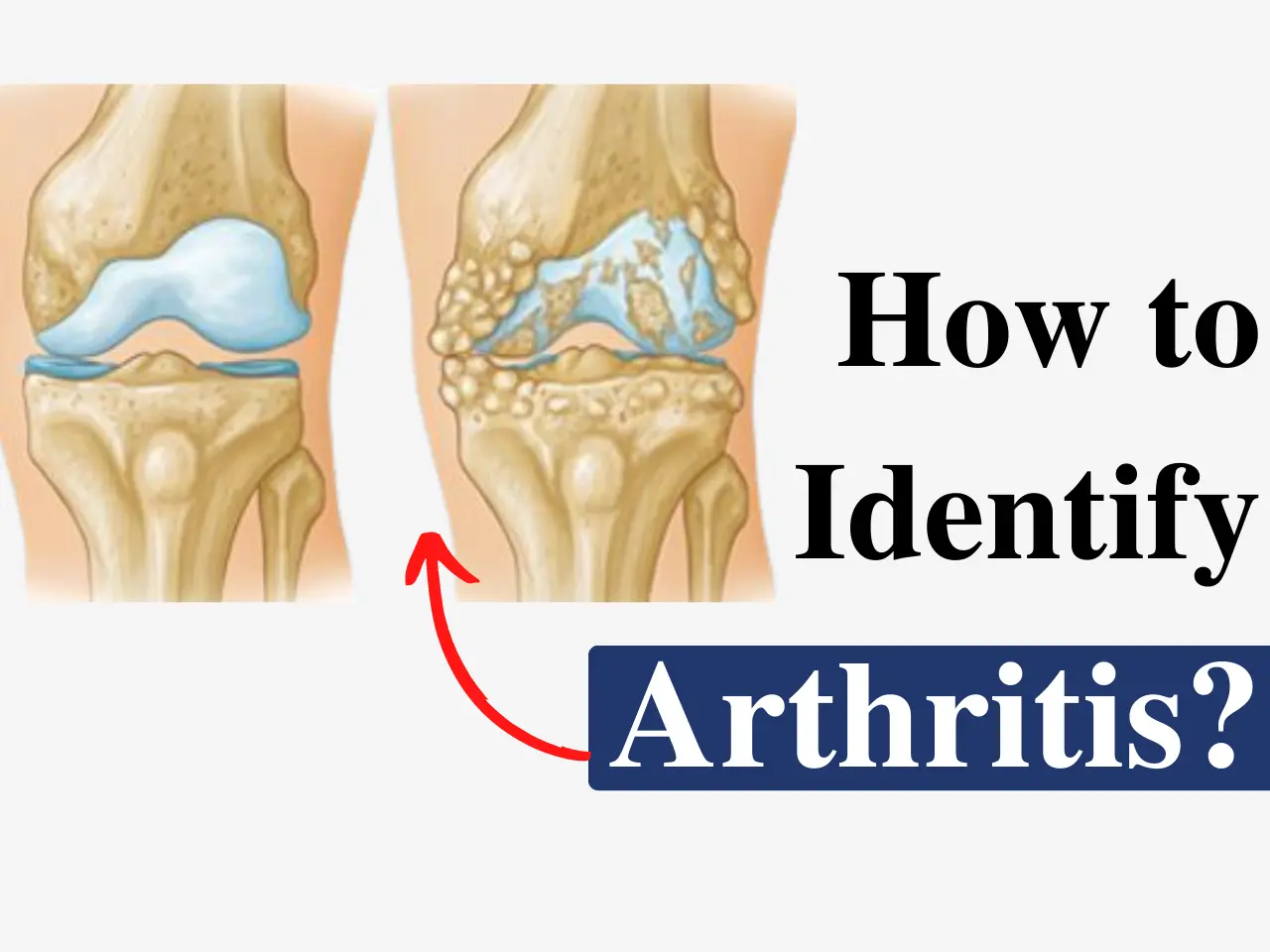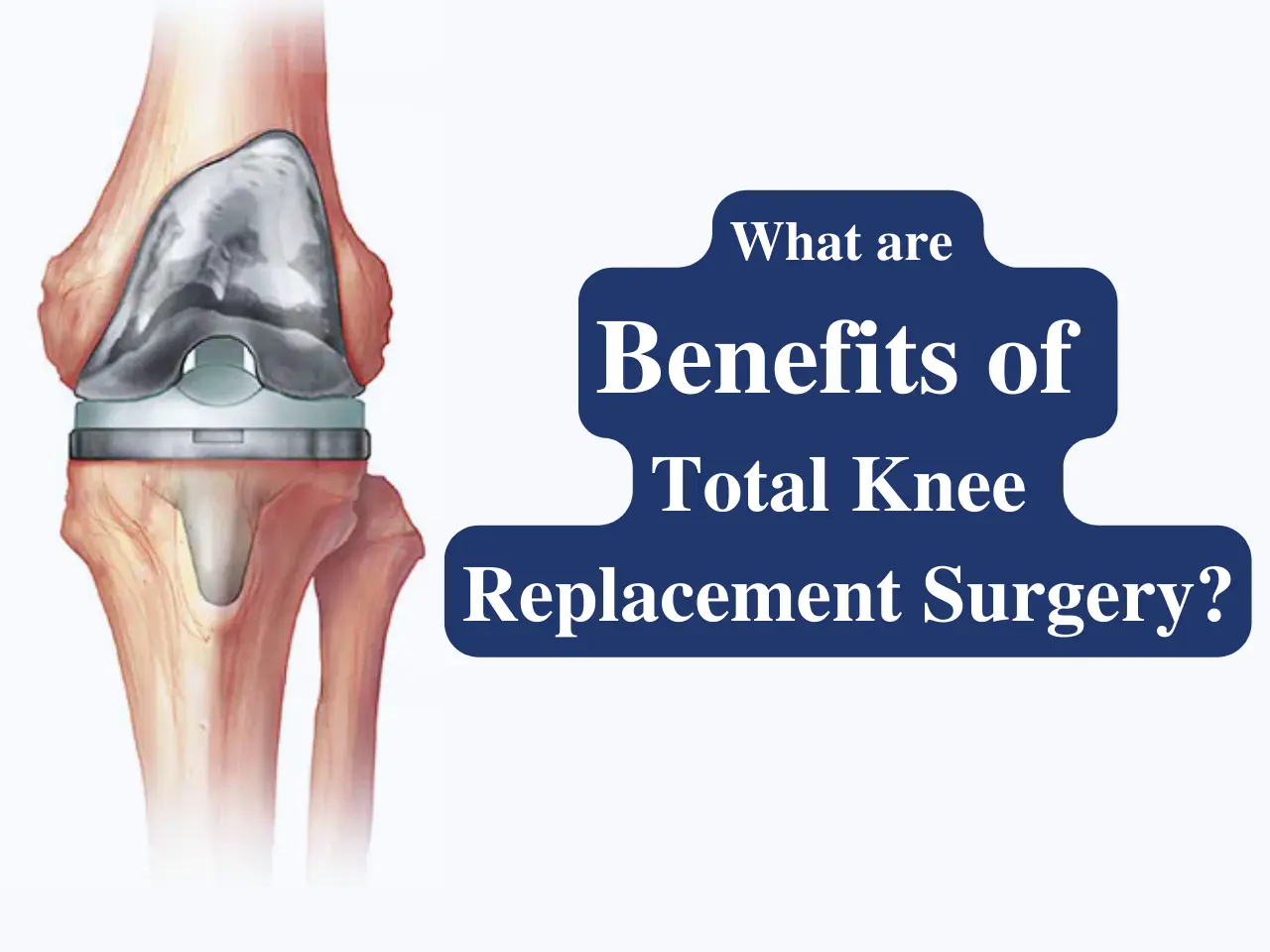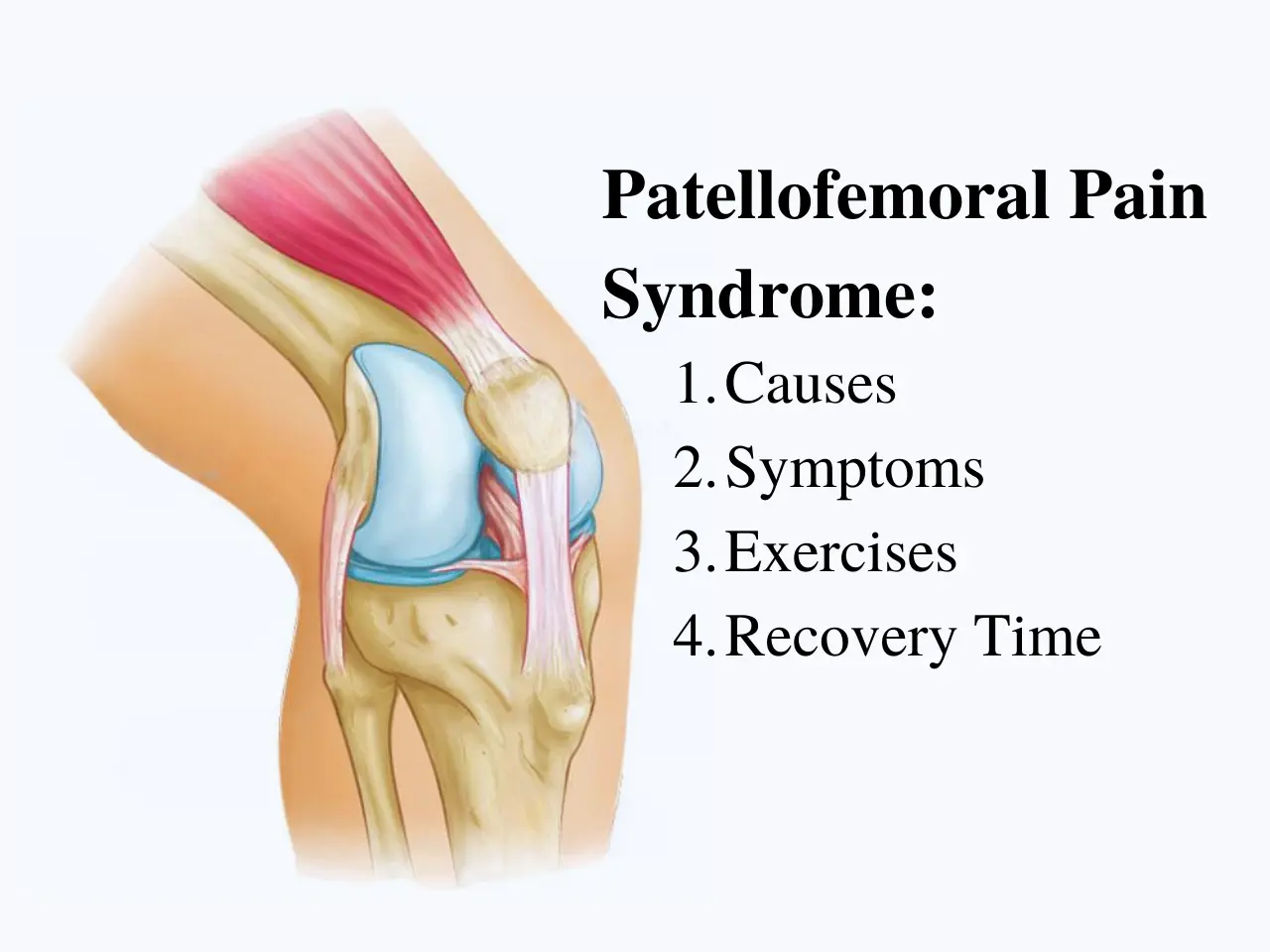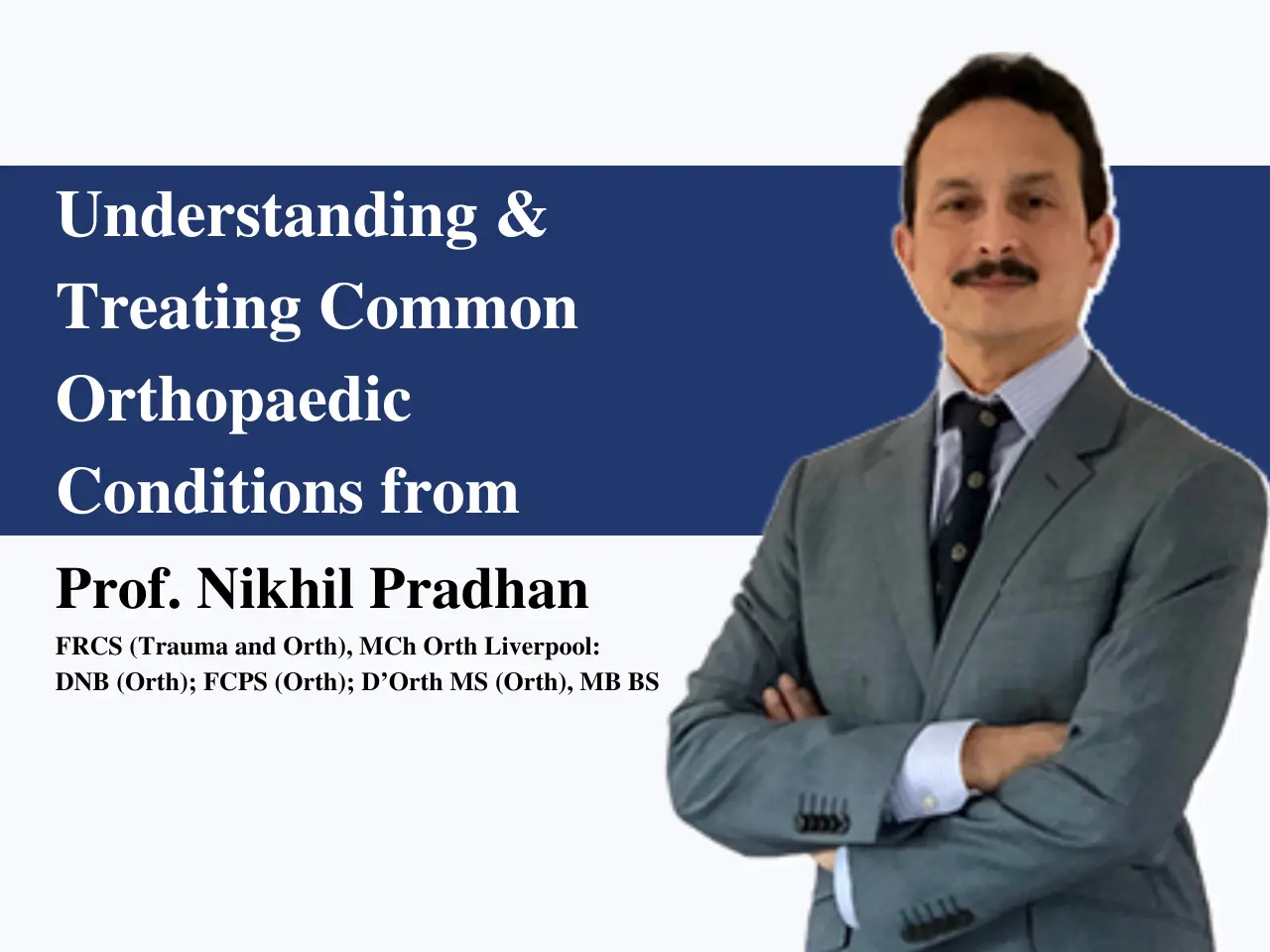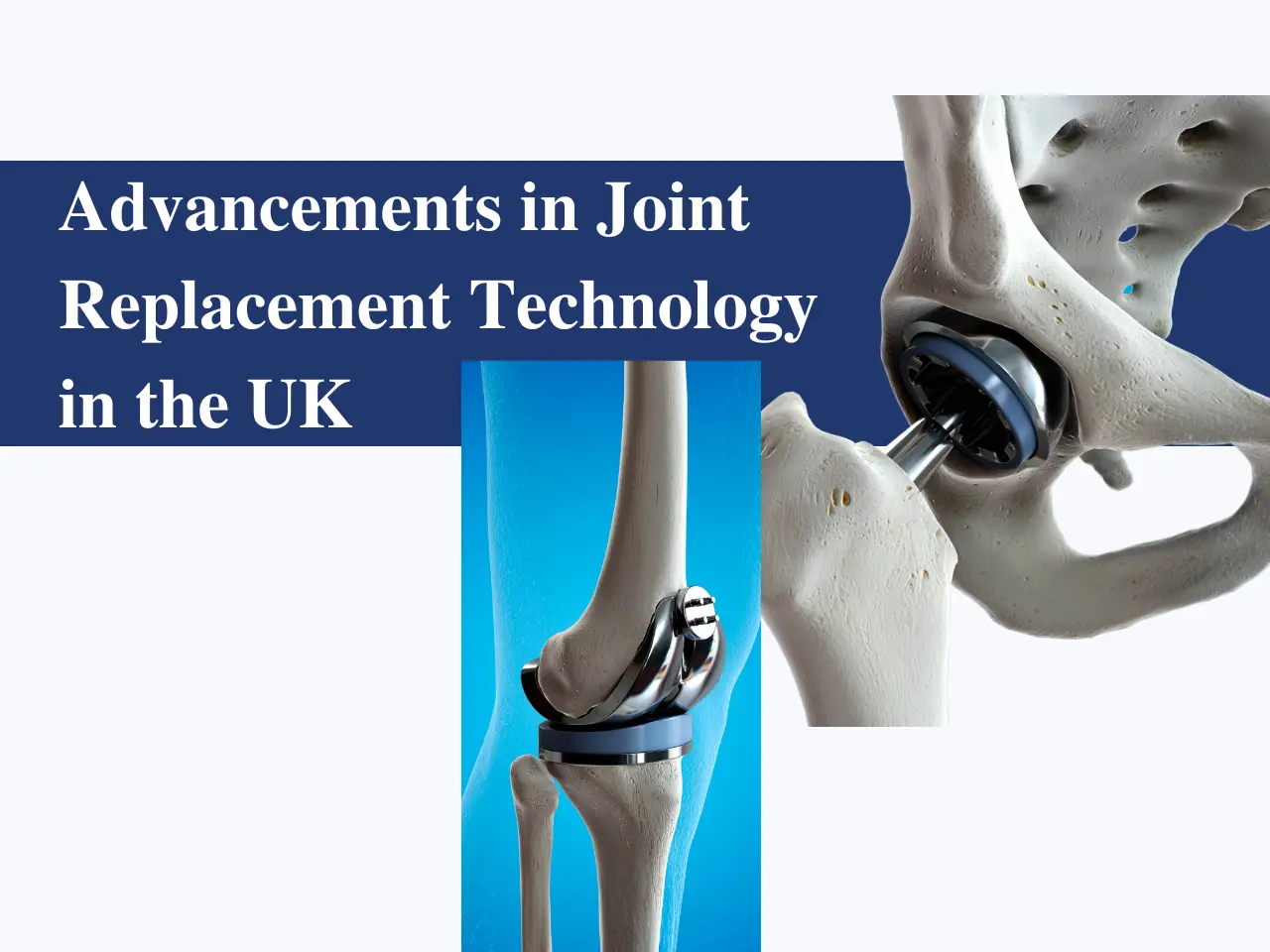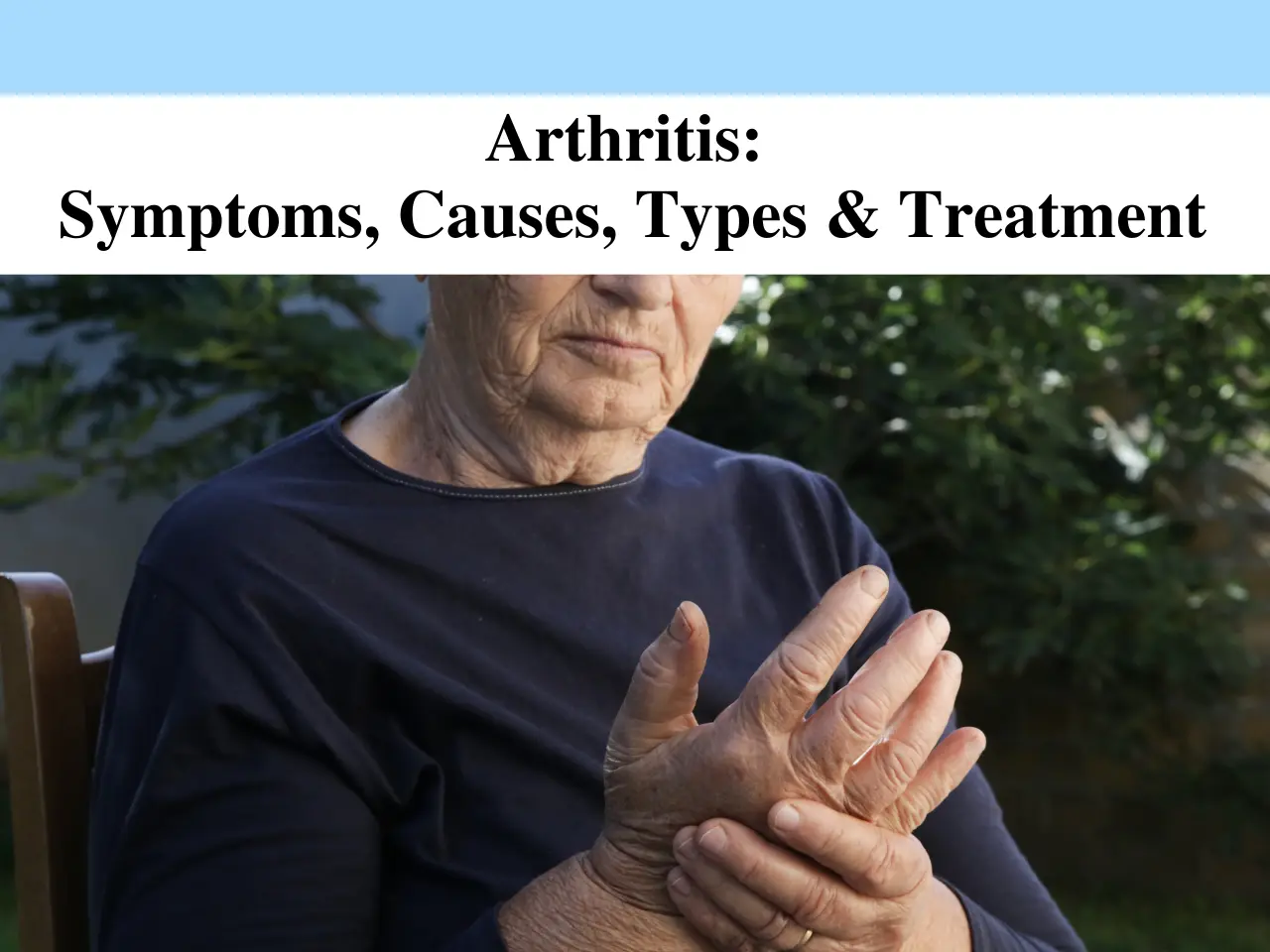Unravelling Osteoarthritis: Decoding its Genetic, Metabolic, and Chemical Dimensions
Osteoarthritis is one of the most common joint disorders, affecting millions of people globally. It is a degenerative condition that results in the breakdown of cartilage, leading to pain, stiffness, and reduced joint mobility.
Understanding the underlying causes—including genetic, metabolic, and chemical dimensions—is essential for developing effective treatments.
Mr. Nikhil Pradhan, a Senior Orthopaedic Consultant in the Northwest of the UK, brings over 30 years of expertise in hip, joint, and knee surgery to help patients manage and overcome this condition.
Whether you’re considering a knee replacement in Cheshire or seeking advice from an orthopaedic surgeon in Cheshire, understanding osteoarthritis is the first step to better joint health.
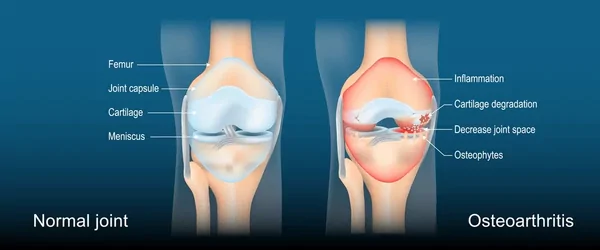
What is Osteoarthritis?
Osteoarthritis (OA) is a degenerative joint disease characterized by the wear and tear of cartilage—the protective tissue at the ends of bones. This leads to joint pain, swelling, and limited movement, primarily affecting weight-bearing joints such as the hips and knees.
The Global Impact of Osteoarthritis
- According to global statistics, nearly 10% of men and 18% of women over 60 suffer from symptomatic OA.
- In Cheshire, UK, the prevalence of OA has been steadily rising, influenced by aging populations and sedentary lifestyles.
Unravelling Osteoarthritis Causes
Genetic Factors
- Family history plays a significant role in OA susceptibility.
- Specific genetic markers, such as variations in the COL2A1 gene, have been linked to cartilage degradation.
- Studies show that if one parent has OA, their children are at higher risk of developing the condition.
Metabolic Factors
- Obesity is a major risk factor for OA, especially in weight-bearing joints like the knees.
- Conditions such as diabetes and metabolic syndrome contribute to systemic inflammation, exacerbating joint damage.
Chemical and Biochemical Factors
- Inflammatory cytokines like interleukin-1 (IL-1) and tumor necrosis factor-alpha (TNF-α) accelerate cartilage breakdown.
- Enzymes such as matrix metalloproteinases (MMPs) degrade the extracellular matrix, leading to joint degeneration.
- Changes in synovial fluid composition reduce joint lubrication, increasing wear and tear.
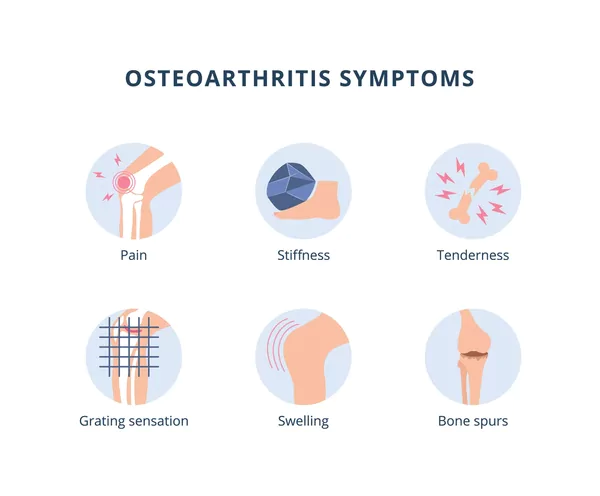
Unravelling Osteoarthritis Treatments
Lifestyle Modifications
- Weight Management: Reducing weight decreases the load on joints, slowing disease progression.
- Exercise: Low-impact activities such as swimming and cycling enhance joint flexibility and muscle strength.
Medical Interventions
- Pain Management: Nonsteroidal anti-inflammatory drugs (NSAIDs), corticosteroid injections, and hyaluronic acid injections offer symptom relief.
- Emerging Therapies: Innovative treatments like platelet-rich plasma (PRP) therapy and stem cell injections show promise in regenerating damaged cartilage.
Surgical Options
- Arthroscopy: A minimally invasive procedure for diagnosing and treating joint issues in early-stage OA.
- Knee Replacement: Partial or total knee replacement surgery is a common solution for advanced OA. For those considering knee replacement in Cheshire, selecting an experienced orthopaedic surgeon in Cheshire is crucial.
Decoding the Genetic, Metabolic, and Chemical Dimensions of Osteoarthritis
Interplay Between Genes and Environment
Genetic predispositions often interact with lifestyle and environmental factors, such as physical activity levels and diet, influencing the onset and progression of OA.
Advances in Research
- Biomarkers like C-reactive protein (CRP) and cartilage oligomeric matrix protein (COMP) are being studied for early diagnosis.
- Personalized treatment plans based on genetic and metabolic profiling are on the horizon, offering hope for tailored care.
Living with Osteoarthritis: Tips for Patients
Daily Management
- Stay Active: Engage in joint-friendly exercises to maintain mobility.
- Balanced Diet: Incorporate anti-inflammatory foods rich in omega-3 fatty acids, antioxidants, and vitamins.
- Joint Protection: Use braces, insoles, or assistive devices to reduce strain on affected joints.
Seeking the Right Help
- Consult specialists like Mr. Nikhil Pradhan for expert guidance.
- For those in the U.K., finding a skilled orthopaedic surgeon in Cheshire ensures the best outcomes for procedures like knee replacement in Cheshire.
Conclusion
Unravelling osteoarthritis involves understanding its genetic, metabolic, and chemical dimensions. This comprehensive approach enables tailored treatments and better patient outcomes.
With advancements in research and expert care from specialists like Mr. Nikhil Pradhan, managing osteoarthritis has never been more achievable.
Early diagnosis and intervention are key to preserving joint health and improving quality of life.
FAQs
What are the main causes of osteoarthritis?
The main causes include genetic predisposition, obesity, metabolic disorders, and biochemical factors leading to cartilage breakdown.
Can genetics alone cause osteoarthritis?
While genetics play a role, environmental and lifestyle factors significantly influence the disease’s onset and progression.
What are the latest treatments for osteoarthritis?
Emerging therapies include PRP, stem cell treatments, and advanced surgical techniques like robotic-assisted knee replacement.
How can I find the best orthopaedic surgeon in Cheshire?
Research credentials, patient reviews, and expertise in advanced joint surgeries like knee replacement to ensure top-quality care.

